How to Sustain High Performance Without Burning Out
High performance sounds great in theory.
You’re driven. Focused. Energised. You’re doing meaningful work and showing up with everything you’ve got.
But let’s be honest—for a lot of people, “high performance” ends up meaning late nights, skipped lunches, blurred boundaries, and a nervous system in a constant state of survival.
Because somewhere along the way, we stopped aiming for sustainable performance—and started chasing relentless output.
Here’s the hard truth: You can’t be your best if you’re always on the brink of burnout.
You can’t lead, create, or grow if you’re constantly depleted.
So the question isn’t just how do we perform at a high level?
It’s: How do we do it in a way that doesn’t cost us our mental health, our relationships, or ourselves?
Let’s get into it.
Redefining High Performance (Because We’ve Been Sold a Broken Version)
We’ve glamorised the grind. We’ve celebrated exhaustion. We’ve turned burnout into a status symbol.
But working yourself into the ground isn’t leadership.
Running on fumes isn’t a strategy.
And constantly pushing through isn’t brave—it’s dangerous.
Real high performance isn’t about doing more. It’s about doing what matters, with clarity, energy, and intention.
That means knowing when to rest. Knowing what to say no to. And knowing that longevity > intensity.
Why Burnout Isn’t a Productivity Problem—It’s a Boundaries Problem
You can have the perfect planner, colour-coded calendars, and a killer morning routine—and still end up burning out if you don’t know how to protect your energy.
Burnout doesn’t come from doing too much.
It comes from doing too much without support, boundaries, or recovery.
If you want to sustain high performance, start here:
Get crystal clear on your non-negotiables.
Say no to things that pull you away from your zone of genius.
Stop confusing availability with value.
Protecting your energy isn’t selfish. It’s how you stay in the game long enough to make a real impact.
Rest is Part of the Process—Not a Sign of Weakness
Somewhere along the way, we were taught that rest is what you get after you earn it.
After the deadline. After the burnout. After the breakdown.
But if rest only comes once you’re falling apart, it’s not rest. It’s recovery.
Sustainable high performers build rest into the rhythm of their work:
Mental health days that aren’t just “sick days in disguise.”
Actual breaks during the day—not just eating lunch at their laptop.
Weekend boundaries that protect their creativity.
Sleep, movement, nutrition—yes, the basics. They matter more than you think.
If you’re constantly exhausted, you’re not underperforming—you’re under-recovering.
The High-Performer Trap: Being Needed for Everything
One of the biggest blocks to sustainable performance? Being too good at your job.
If you’ve become the go-to, the fixer, the one who always pulls through—you’re probably carrying too much.
Being indispensable might feel good in the short term, but it’s not a flex if it’s built on self-sacrifice.
Here’s the truth:
Delegation is a high-performance skill.
Letting go is leadership.
And trusting others is what allows you to scale—not just survive.
Don’t Just Manage Time—Manage Energy
Time is finite. Energy is renewable.
And not all hours are created equal.
Instead of filling your calendar to the brim, try designing your days around:
Your peak energy windows (when you do your best thinking).
Your emotional bandwidth (not just mental tasks).
The type of work you’re doing (deep focus vs admin vs creative flow).
Work smarter by aligning your energy with your priorities—not your notifications.
Sustainable Performance = Emotional Regulation + Self-Awareness
This is the part no one talks about.
You can’t sustain high performance if you’re constantly in fight-or-flight.
You can’t access creativity, innovation, or empathy when your nervous system is fried.
Regulating your emotions isn’t soft. It’s a business skill.
The best leaders know how to stay grounded in the storm. How to pause before reacting. How to name what they’re feeling without letting it take the wheel.
Start by checking in with yourself more often:
What am I feeling right now?
What’s draining me vs. what’s energising me?
What do I need in this moment to feel supported?
Self-awareness is what keeps you from running on autopilot toward burnout.
Let’s Normalise Sustainable Excellence
We don’t need more overachievers running themselves into the ground.
We need more well-supported, self-aware, value-driven humans who can create impact without self-abandonment.
Let’s stop measuring success by how much we can endure.
Let’s start measuring it by how well we can lead, build, and create without losing ourselves.
High performance that costs you your health, your joy, or your boundaries isn’t success—it’s survival.
And you deserve better than that.
What Sustained High Performance Looks Like (The Real Version)
You say no without guilt.
You block off time for focus and recovery.
You protect your mornings, your mind, and your peace.
You move your body, feed your brain, and check in with your heart.
You do great work without sacrificing everything else.
That’s what longevity looks like.
That’s what sustainable success feels like.
In bloom, high performance isn’t about hustle.
It’s about clarity, boundaries, and building a life that actually supports the level you want to perform at.
Let’s do it differently. Let’s do it better. Let’s do it without burning out.


